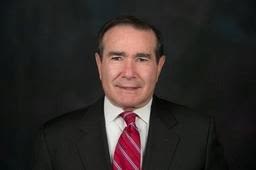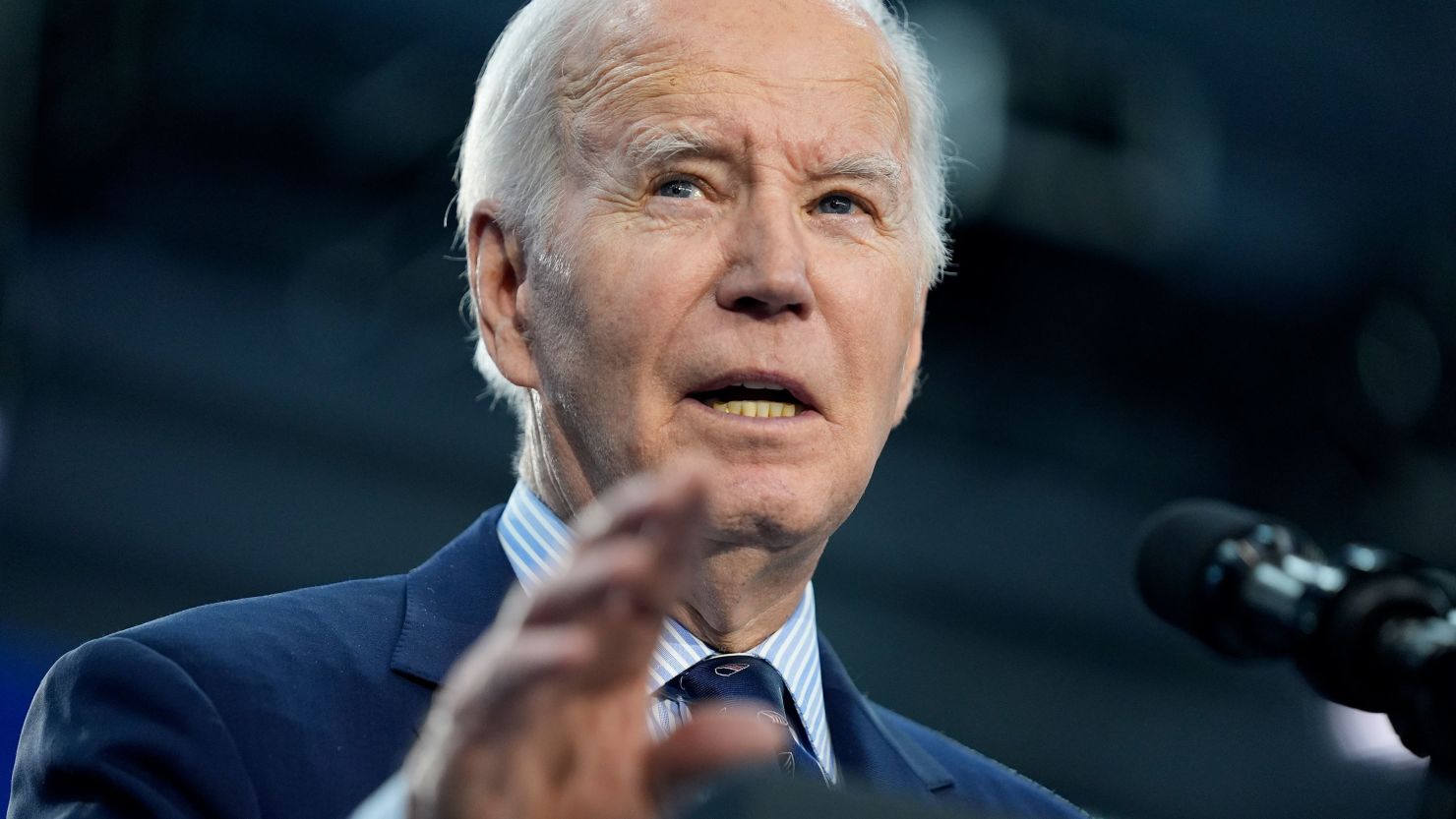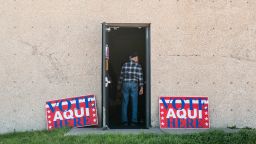Editor’s Note: Lawrence C. Levy is executive dean of the National Center for Suburban Studies at Hofstra University and a former opinion writer for Newsday, where he was a Pulitzer Prize finalist for editorials on suburban politics and policy. The views expressed in this commentary are his own. View more opinion at CNN.
From the veterans who surged into new “bedroom communities” after World War II to the growing number of immigrants now diversifying and reviving them, suburbia has served as a symbol of renewal.

President Joe Biden knows this fresh-start narrative poignantly: The suburbs are not only where he built a soaring career but rebuilt a broken family after a traffic accident took his wife and daughter decades ago.
Now, Biden needs the suburbs to save his political life. And despite his low approval ratings and cracks in the Democratic base, it’s likely these politically pivotal places again will step up for him against former President Donald Trump. Biden’s longtime affinity with suburban voters, especially women, could give him an edge. And recent primary results underscore this strength over his rival.
In the most recent primaries, Trump technically ran unopposed. However, non-candidate and former UN Ambassador Nikki Haley still took a significant chunk of the voters in swing states including Wisconsin, taking 13% of the vote to Trump’s 79%.
Multiple media sources report that well-educated suburban women comprised a large share of non-candidacy support of Haley, reaffirming Trump’s disconnect with the “swingiest” of voters. Their defections were fatal to Trump in 2020 and can only help Biden in November.
The primary in Wisconsin offers insight into Trump’s suburban problem. In Milwaukee County, which includes several suburban communities, Trump received 73%, down from his winning percentage statewide. In neighboring Waukesha County, Trump fell only one percentage point shy of his statewide total but well behind his totals in more rural areas, such as Rusk County, where he rolled up 88%.
By contrast, Biden overperformed in several Milwaukee suburbs. Overall, he won 88% of the Wisconsin Democratic vote, with an even stronger showing in suburban Waukesha, capturing 90% (compared to Trump’s 78%) and Racine, garnering 92% to the former president’s 81%.
In Virginia and North Carolina, among other Super Tuesday contests, Haley’s only centers of strength were suburban and urban counties with significant concentrations of young, college-educated voters.
In the swing state of North Carolina, Trump received 74% of the vote to Haley’s 23%. But in Mecklenberg County, where Charlotte comprises about a third of the population, Trump gathered only 52%, Haley 45%; in Wake County, where nearly half of the residents live in Raleigh, Trump won 58%. In Virginia, Haley won several suburban counties outright, racking up 71% in Arlington, 71% in Alexandria and 57% in Fairfax, and ran ahead of her statewide totals in suburbs surrounding Richmond.
The former president isn’t the only one with work to do: The results in a number of other primaries weren’t completely positive for Biden, who faced a protest vote amid dissatisfaction from the progressive wing of his party and softening support in polls from voters of color. But when it comes to suburbanites, Biden clearly has a head start.
For decades, with the close exception of 2012, the candidate who won the suburbs went on to win the White House. Comprising more than 60% of the population by some measures, suburbanites also have played an outsized role in determining which party controls Congress.
The challenge for candidates is to build a bridge to the suburbs from their urban or rural bases. Biden needs “purple” suburbanites to join with the “blue” city voters, at least as much as they did four years ago — otherwise, he’ll struggle to cover the potential loss of Muslim and young voters if they abandon Biden over issues like Israel. But from performances in the voting booth to stronger polls, these moderate, open-minded “swingers” are increasingly likely to remain in Biden’s corner.
Even before his strong State of the Union address and subsequent campaign blitz, a New York Times/Sienna poll showed Biden leading among suburban voters by slightly more than in 2020. And with Trump unwilling or unable to broaden his base, Biden is well-positioned to build on his suburban margins.
Suburbanites have supported Biden for every office he’s held, from a county councilman to commander-in-chief. A daily commuter between Delaware and Washington, DC, during his 36 years in the Senate, people like his New Castle neighbors and fellow Amtrak passengers shaped his political sensibilities and enhanced his centrist appeal.
In 2008, Barack Obama chose “Amtrak Joe” as his running mate as much for Biden’s moderate image as his experience in Congress. And in 2020, Biden was able to push aside and then unite progressive opponents behind a centrist candidacy that resonated with swing voters, making Trump seem all the more extreme.
Four years after Hillary Clinton lost the suburbs, Biden trumped Trump by two percentage points among suburban voters, driven especially by suburban women who, as key advisors warned Trump, found rhetoric on the suburbs, and his positions on issues they cared about, unpalatable.
Of course, recreating his urban-suburban coalition isn’t going to be easy for Biden, given the blame he’s received for a bipartisan immigration mess, the intraparty feuding over the Israel-Hamas war, the leakage of previously loyal Latino voters and denial that the economy is soaring.
Biden’s strength in the suburbs isn’t only his track record there. His party’s recent performance on issues — abortion only the most obvious — has animated suburbanites up and down the ballot.
Last year, suburbanites embraced Democratic politicians and positions in state and local contests. Voters in Virginia, Ohio, Pennsylvania, New Jersey and even deep “red” Kentucky rebuked Republicans, who pushed positions that moderate, independent (and even some Republican leaning) suburbanites saw as extremist. Abortion garnered the most headlines, as suburban women especially came out in droves for “pro-choice” plebiscites and politicians. Last month, Democrat Thomas Suozzi won a special election to recapture a Long Island congressional seat, following former GOP Rep. George Santos’ expulsion.
Inflation, a key concern in polling, didn’t stick to suburban Democrats as much as they had feared and Republicans hoped; their candidates repeatedly turned back Republicans who campaigned on that issue.
On immigration, another issue on which Biden and other Democrats poll poorly, Trump’s and other Republicans’ refusal to embrace a bipartisan solution enabled Suozzi to refocus the issue as one of GOP intransigence and partisanship.
Like Suozzi, Biden and other Democrats are taking a tougher stance on border security, while pounding Republicans for being more interested in scoring political points than solving problems. Suburban Democrats also have experienced less fallout on the issue because migrants aren’t nearly as prevalent in their districts as they are in many cities.
Biden and the suburbs have enjoyed a symbiotic relationship for decades. If his new momentum in the polls is to be sustained through November, it will be suburbanites who step up to save one of their own.






